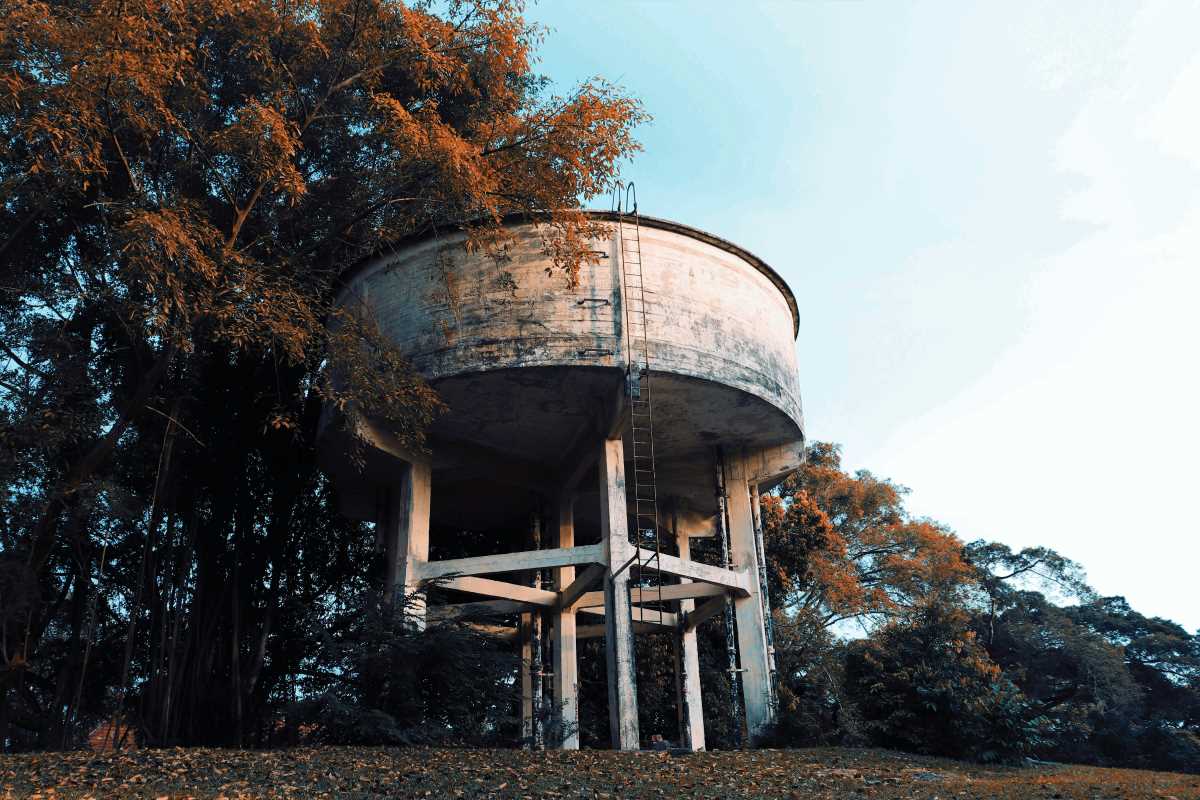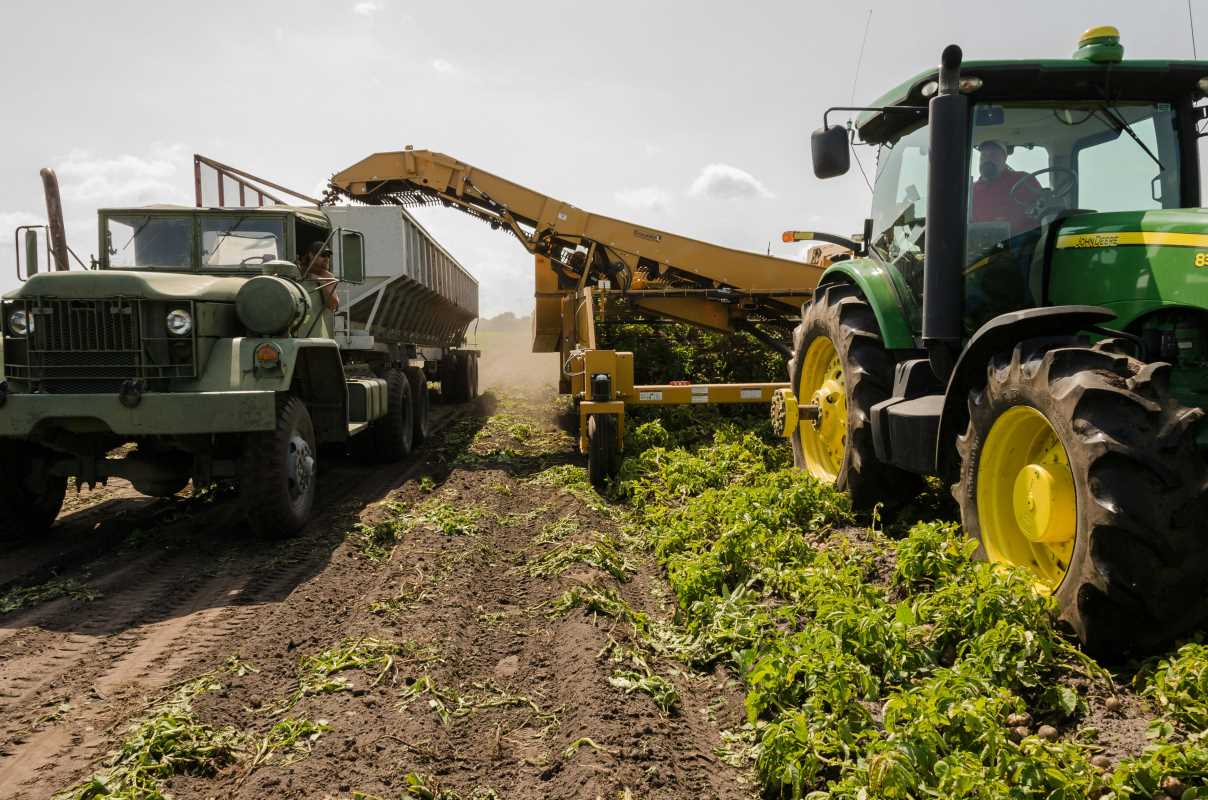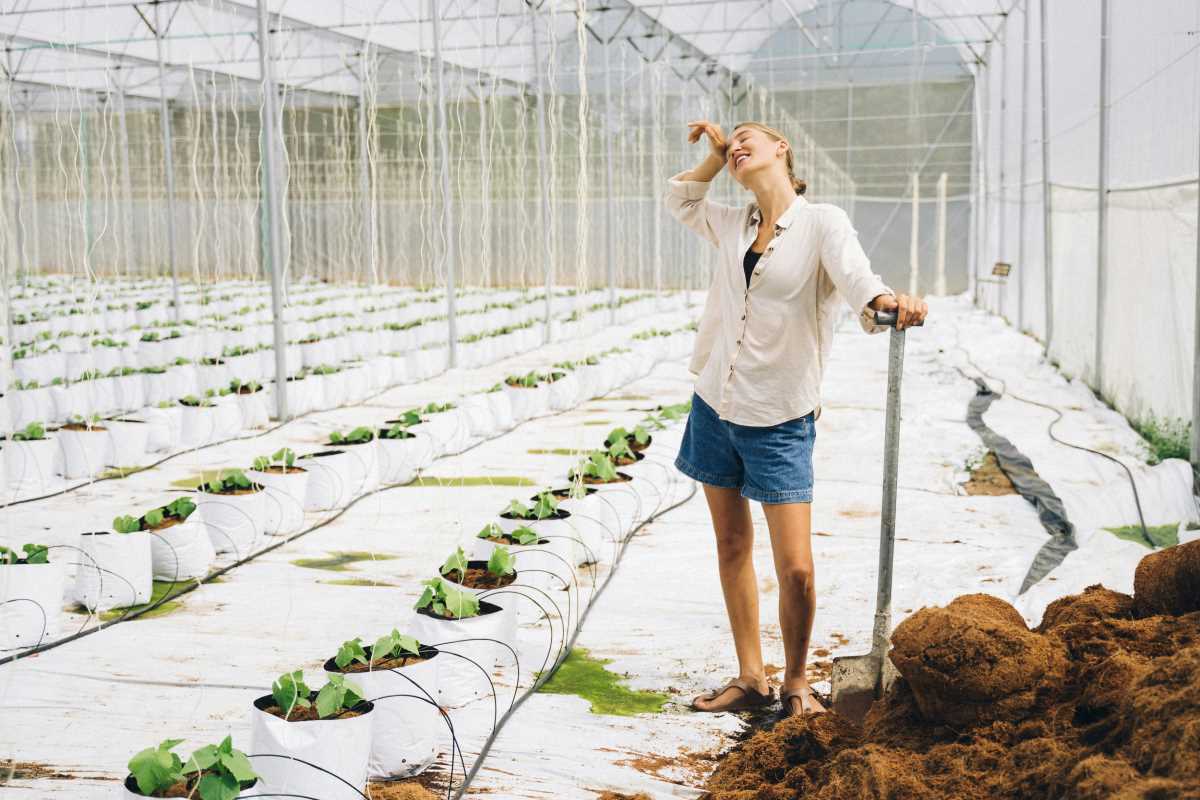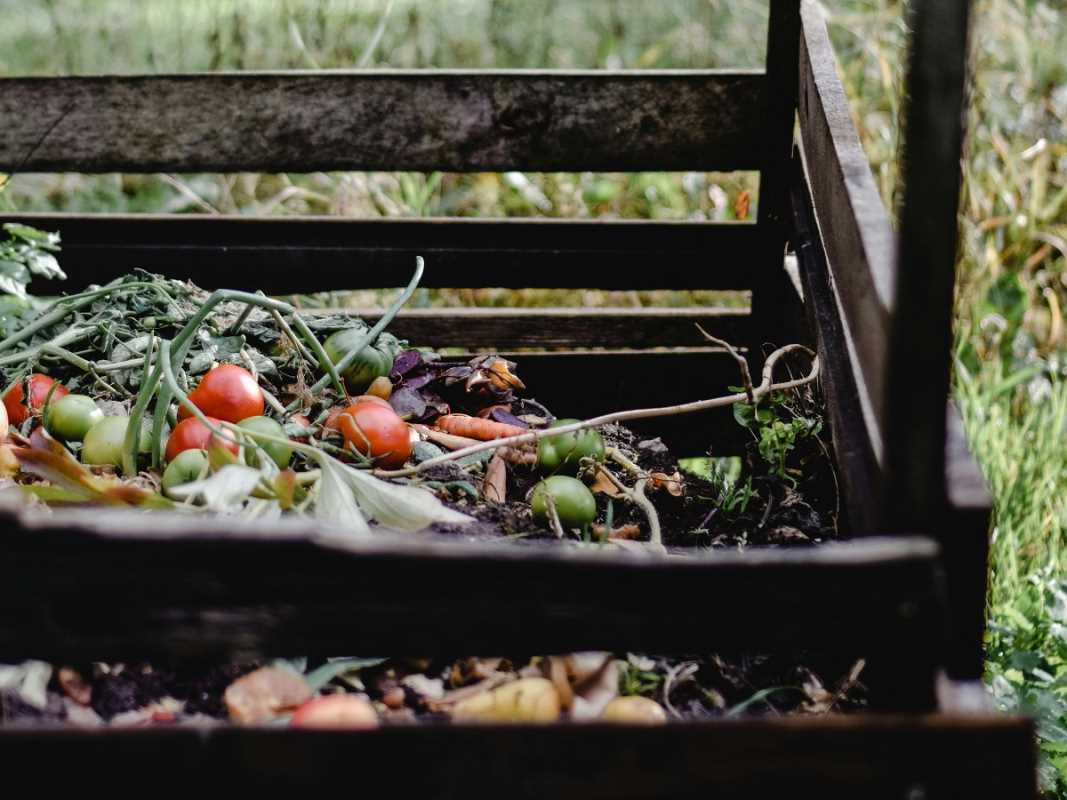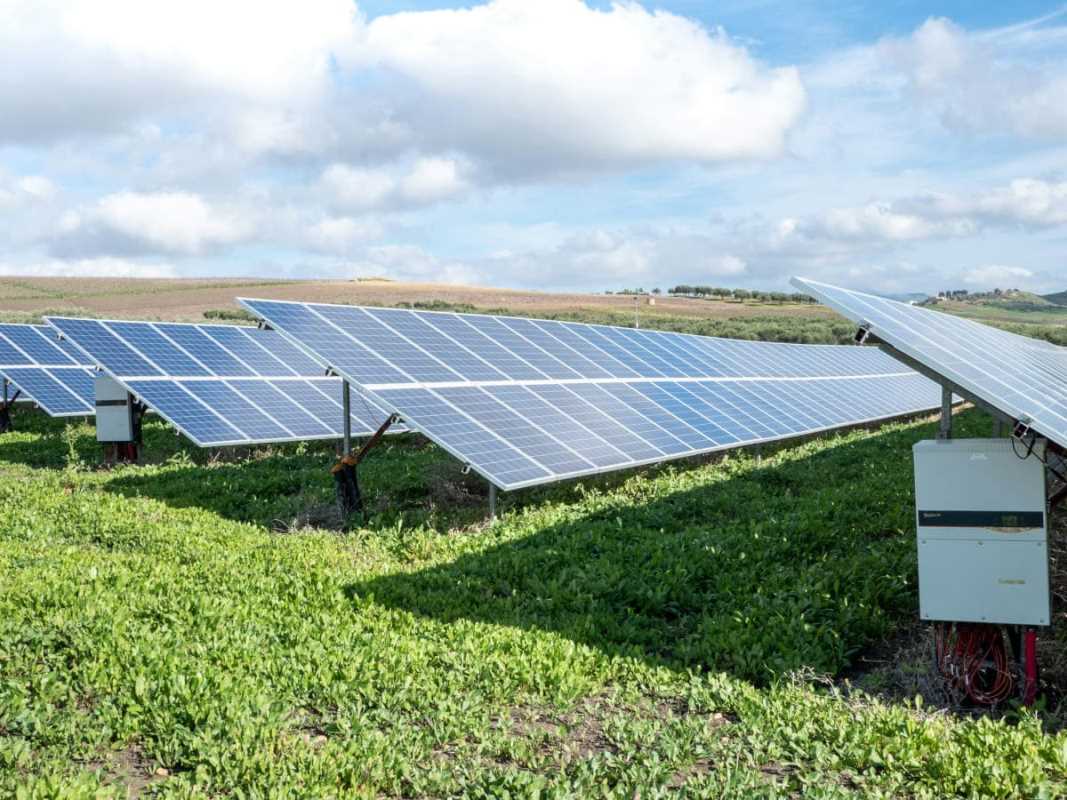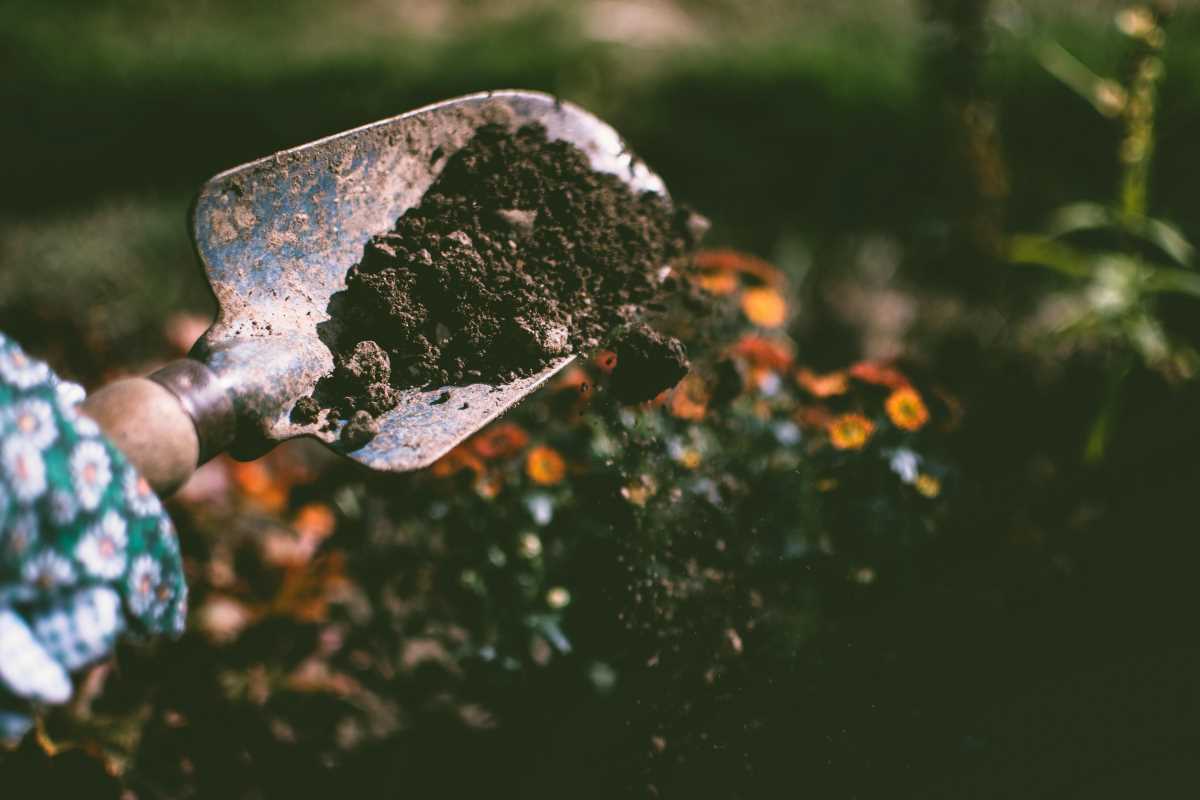Gardeners find that biodegradable mulch films provide an effective and environmentally conscious solution for raised beds. These films help regulate soil temperature, conserve valuable moisture, and keep weed growth under control, all while avoiding the negative impact traditional plastics have on the environment. As the season progresses, the films naturally decompose, which means less waste in landfills and no extra effort spent on cleanup. With this approach, you can maintain healthier plants and a tidier garden space. This guide will walk you through straightforward steps to use biodegradable mulch films, making the process of planting in raised beds simpler and more rewarding.
Using biodegradable mulch films can boost plant growth while saving time on maintenance. By following the outlined methods, you can optimize your raised beds and keep your soil healthy. This guide lays out everything you need to know, providing practical advice and tried-and-true tips for effective use.
Properties and Benefits of Biodegradable Mulch Films
Biodegradable mulch films are made from natural materials that decompose over time. They help regulate soil conditions and protect plants from weeds and pests. These films offer several advantages for any raised bed setup.
- Eco-friendly: They decompose naturally without leaving harmful residues.
- Weed control: They inhibit weed growth by blocking sunlight to the soil.
- Moisture conservation: They help maintain soil humidity by reducing evaporation.
- Temperature regulation: They keep soil warmer in cooler seasons and cooler during heat waves.
This method supports sustainable gardening practices while saving time on weed management. The material gradually breaks down, enriching the soil with organic matter and reducing the need for additional fertilizers.
Preparing Your Raised Beds
Clear your raised beds of any old plant debris and weeds. Pick a day when the soil feels neither too wet nor too dry. Doing this ensures the biodegradable mulch films stick properly and work effectively throughout the season.
Follow these steps to prepare your raised beds:
- Remove all old mulch, weeds, and large debris from the bed.
- Lightly till the soil to loosen clumps and improve aeration.
- Level the surface so the film can spread evenly without gaps.
- Amend the soil with compost or organic fertilizer to boost plant nutrition.
Proper preparation of your raised beds sets the stage for a successful application of mulch film. Consistent soil preparation not only helps the film stick better but also promotes healthy plant growth.
Steps for Applying biodegradable mulch films
After preparing your soil, applying the mulch film can be straightforward. Laying down the film should be a simple task as long as you follow the correct procedures. Doing so can significantly reduce weed growth and help maintain moisture levels.
Use these steps to successfully apply the film:
- Measure your raised beds accurately. Cut the film accordingly to avoid waste.
- Lay the film on top of the prepared bed. Adjust it so that it covers the soil evenly without wrinkles.
- Seal the edges by pressing them into the soil or securing them with stakes at the borders. This prevents the film from shifting with the wind.
- Leave small openings for water drainage. Proper drainage prevents waterlogging.
- Trim any excess material carefully to create a neat finish along the bed’s perimeter.
Following these steps helps you build a solid foundation for your raised beds. The film acts as a barrier against weeds, conserves moisture, and allows you to focus on nurturing your plants.
Planting Through mulch film: Practical Tips
Planting through biodegradable mulch film requires a little extra care. Creating openings in the film lets your seedlings emerge with minimal disturbance. This method keeps the benefits of weed suppression and moisture retention.
Keep these tips in mind when planting through the film:
- Cut small holes or slits where you want to plant. Use a sharp tool to make clean cuts and avoid tearing the film excessively.
- Carefully position the seedling or young plant into the opening, ensuring the roots contact the soil properly.
- Firm the soil around the plant to secure it in place and help retain moisture.
- If needed, create additional openings around your beds before the growing season begins to reduce disturbances later.
- Monitor the size of the openings to ensure they do not exceed what is necessary for plant growth.
These tips help you work efficiently while keeping the biodegradable material intact. Focus on making planting easy without sacrificing the film's benefits.
Maintaining and Checking Your Beds
Once your biodegradable mulch films are in place, regular care becomes essential for maximizing their benefits. Checking regularly can prevent issues like gaps or early breakdowns. Staying attentive ensures your growing environment stays optimal.
- Inspect the film weekly for signs of wear or damage. Replace or repair sections if necessary.
- Look for exposed soil areas, and adjust the film to cover these gaps.
- Water the beds consistently to keep the soil moist but not waterlogged. This helps the film work effectively.
- Adjust your planting techniques based on seasonal changes. For example, during heavy rains, secure the edges more tightly.
- Remove debris from on top of the film to maintain good airflow and water penetration to the soil.
Regular care and small adjustments help prevent problems and create a healthy environment for your plants. Monitoring your raised beds allows you to refine your approach and boost results over time.
Use biodegradable mulch films and these techniques for easier maintenance and better plant growth. This simple system makes managing raised beds easier and more productive each year.
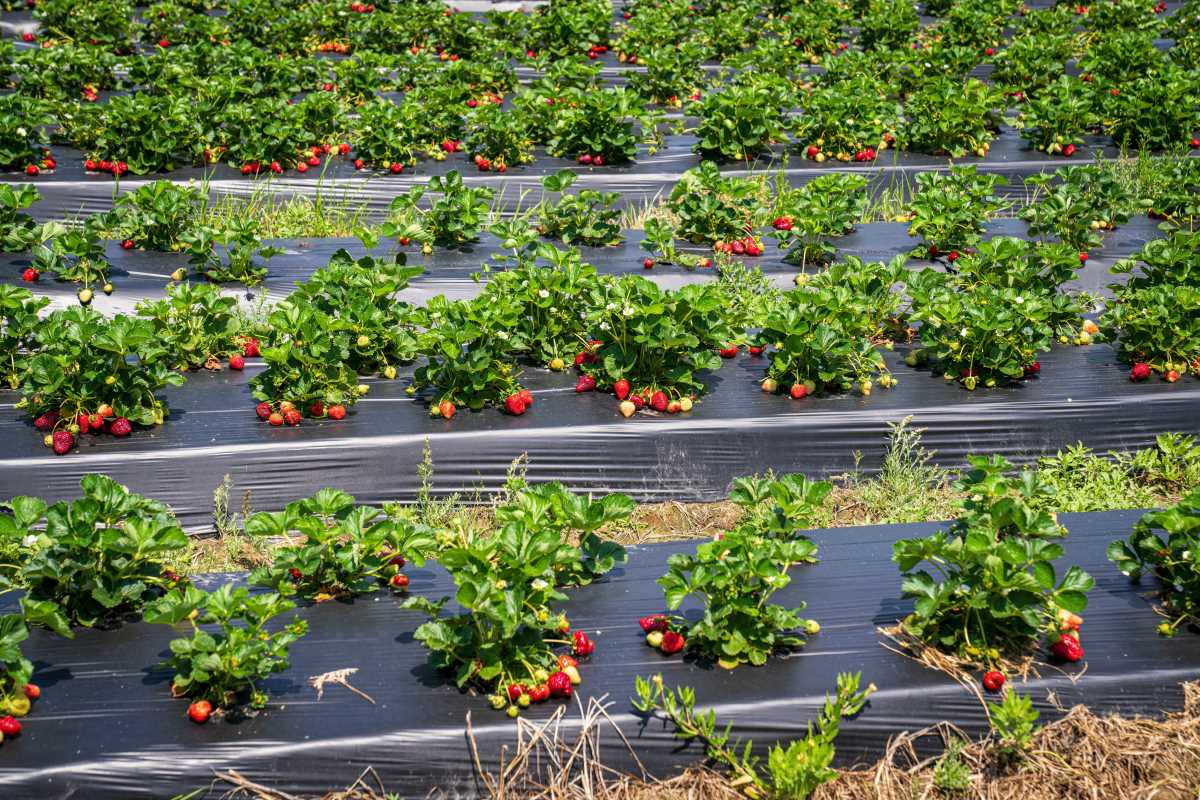 (Image via
(Image via